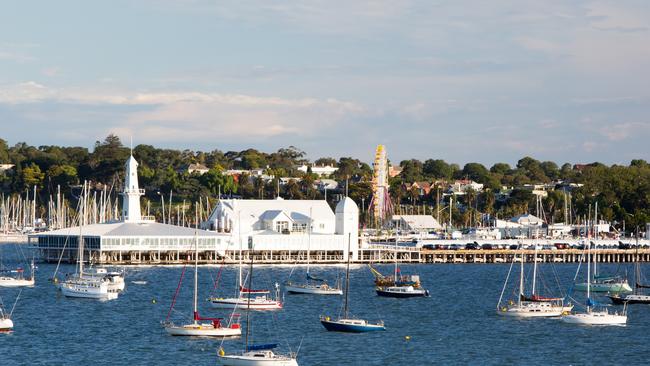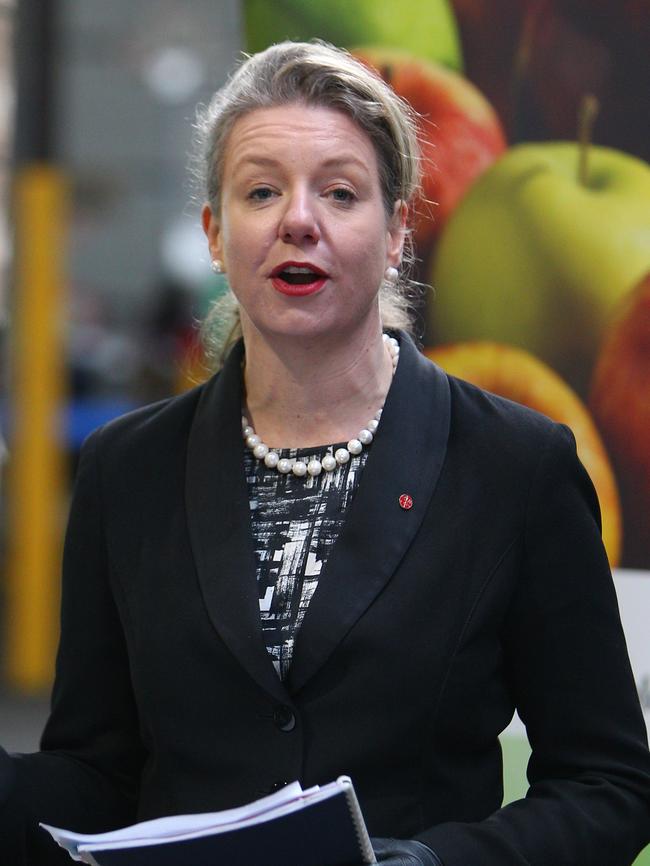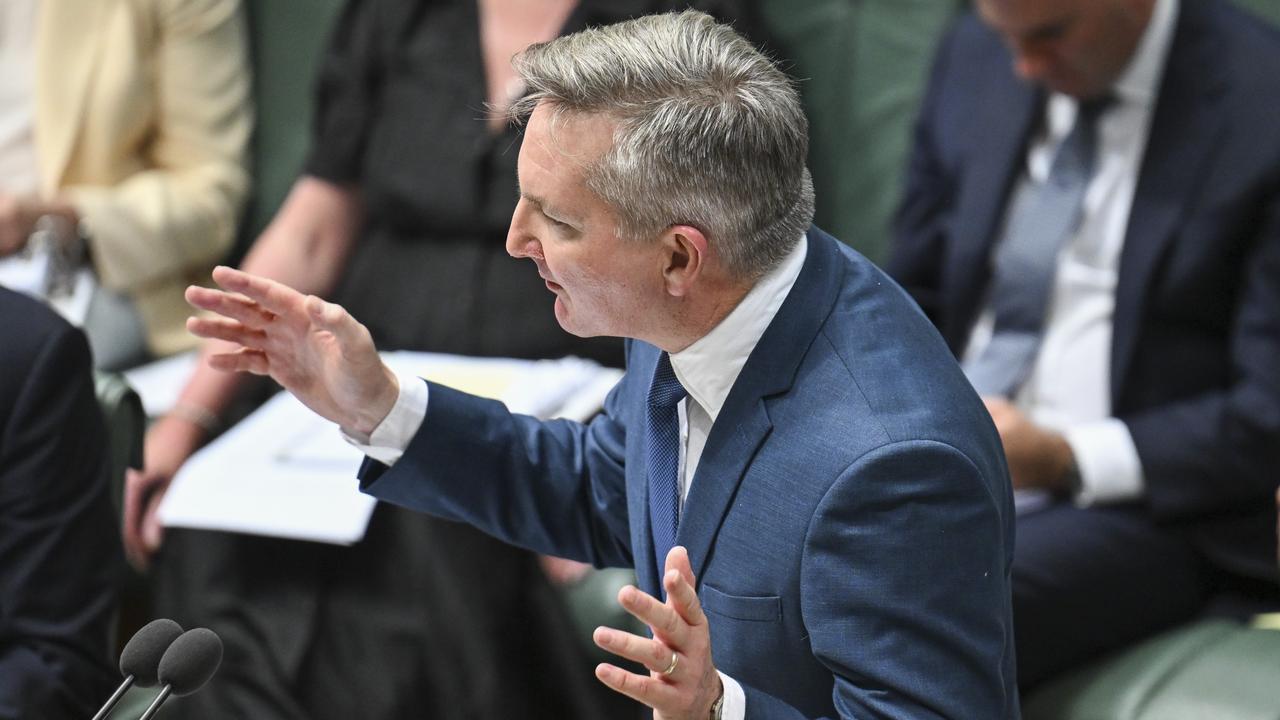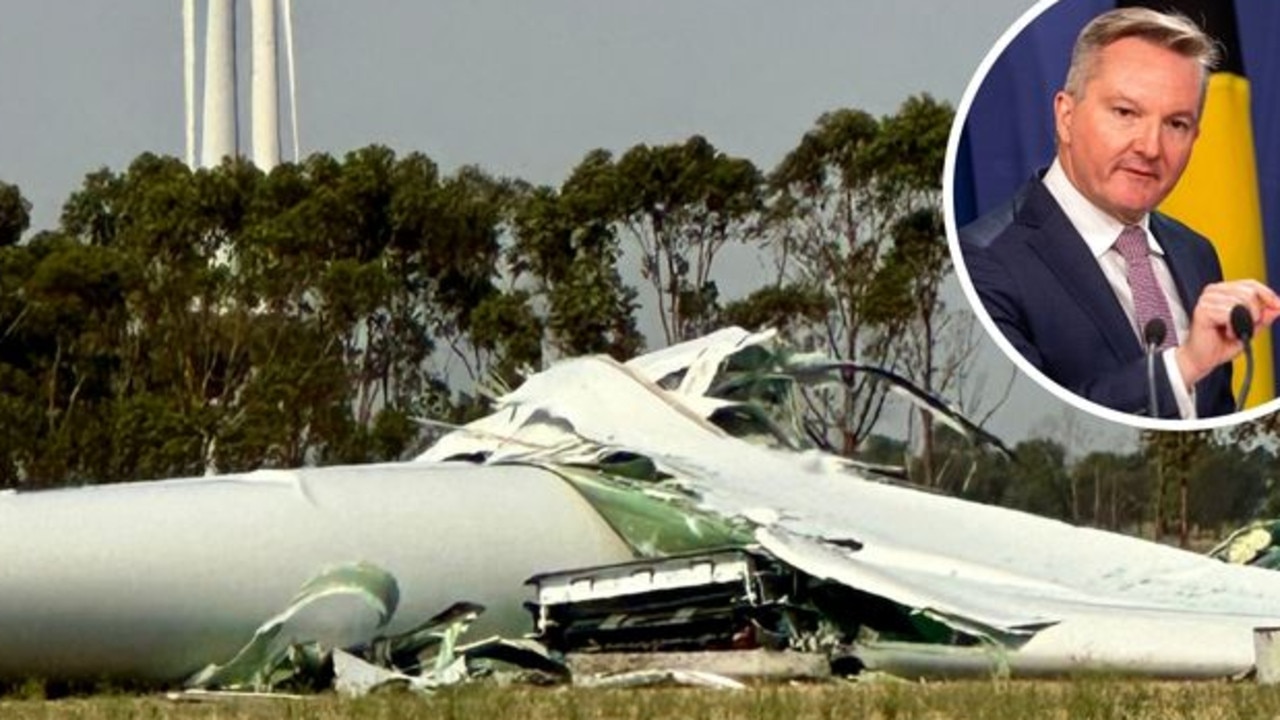Annika Smethurst: It’s time migrants moved to the regions
WE will continue to allow roughly 180,000 new migrants to enter Australia each year — and they be should be going bush.

Opinion
Don't miss out on the headlines from Opinion. Followed categories will be added to My News.
IN the past week about 1600 people from interstate and overseas packed up their belongings and moved to Sydney. Melbourne’s population, which is already at 4.6 million, has already increased by more than 2000 people this month.
With that rapid population growth placing pressure on public services, infrastructure and housing, it’s no small miracle that both cities consistently rate among the most liveable in the world.
But Clover Moore and Robert Doyle may be the last two mayors to campaign on a “livability” platform with the population in Sydney and Melbourne expected to hit more than eight million by 2050.

And Australia’s population is on track to increase from 23 million to 38 million by 2050.
That’s an extra 15 million people who need to be housed, fed, educated, employed and cared for when they age.
This rapid transformation will trigger massive economic and social change in Australia yet politicians and policymakers in Canberra seem reluctant to adequately address this reality, which is just three decades away.
It’s no secret that politicians have become addicted to the revenue that flows from new arrivals and are also hesitant to slow immigration as it becomes an excuse for the far right to engage in a debate about race and religion.
Both sides of government seem sold on the idea of a Big Australia which means we will continue to allow roughly 180,000 new migrants to enter Australia each year.
On the ground, voters have always seemed a little less convinced about this addiction to population growth but it is unlikely to change.
If Australia is to grow at such a rapid rate, the conversation needs to shift from how many people we will house to where they will live and how we attract more people to less populated areas.

Australia is one of the most urbanised countries in the world, as any Melburnian or Sydneysider in the market for a home or stuck in a traffic jam will attest.
By contrast, many regional cities — Bendigo, Newcastle, Townsville, Wollongong, Geelong, Cairns — are still underdeveloped and must be part of the solution to Australia’s rapid growth.
At the National Party conference in Canberra this weekend, Nationals Senator Bridget McKenzie unveiled a new report by the party’s think tank, the Page Research Centre, which explores ways to drive population growth in regional areas.
The report acknowledges that young Australians in regional areas are attracted to educational, lifestyle and employment opportunities in larger cities, leading to slow growth rates or population decline in regional areas.
I am an example of one of the thousands of young Australians who was raised in regional Australia but left to study and work in a big city.
The report suggests that incentives such as subsidies for education and housing or improved services in regional areas would not only attract locals back to country areas, but would also encourage migrants to set themselves up in regional communities.
Research has shown that new migrants can also help reverse the effects of population decline in regional areas by supplementing skills and labour lost when locals leave.
While the report warns against legislating where people live, it suggests that new visas which make entry to Australia conditional on moving to a regional centre could be a way to tackle the breakneck growth in Melbourne and Sydney.
Decentralising Australia is not a new idea. Policymakers in the early years of federation used land settlement schemes and soldier settlement programs as a way to try to limit urban sprawl and give regional communities a leg up.
But despite countless efforts from state and federal governments, Australia’s population remains concentrated in east coast capitals. Past failure should not be a deterrent.
Australia is blessed with large expanses of land and our regional cities and towns remain relatively undeveloped and offer good lifestyle and affordable housing.
Sharing this space makes sense.


